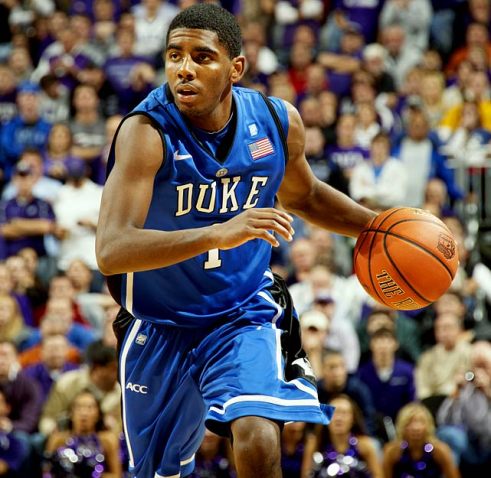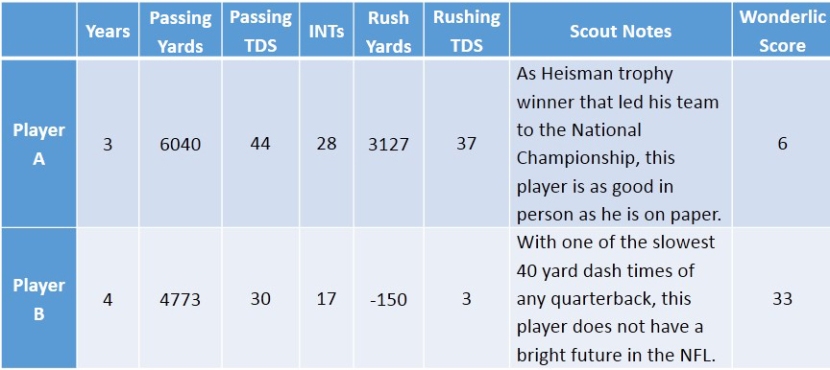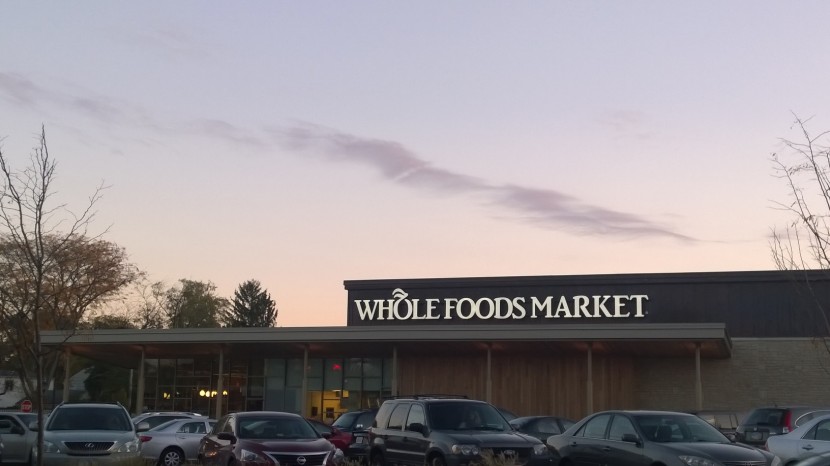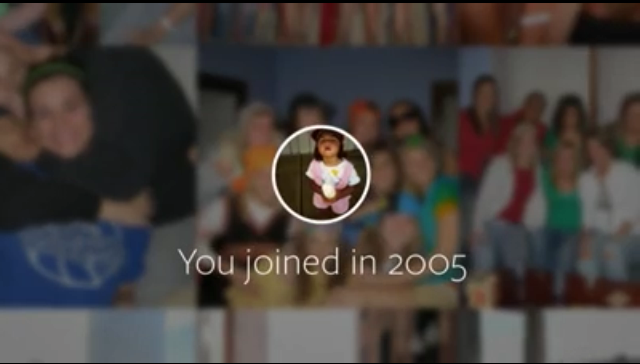Always created a campaign addressing what it means to run, throw, and fight #LikeAGirl. When did #LikeAGirl become an insult? As more young girls believe they’re strong and capable, the challenges and obstacles women in the workplace face today will no longer hinder these kids from defining their own success.
Doing things #LikeAGirl is a gender stereotype being dismantled by campaigns like the one above and by real life stories of young girls who said, “Maybe I do throw like a girl. So what? I am a girl.” Have you seen the latest cover of Sport Illustrated? Mo’ne Davis is the first Little Leaguer, boy or girl, to be on the cover of the most coveted sports magazine. Not a bad gig for a 13 year-old who just happens to have a 70 mph fastball.
 Mo’ne Davis and Becky Hammon have pulled Anything You Can Do I Can do Better back into the news, with a little help from our friends at ESPN. But, what about those stories ESPN doesn’t catch?
Mo’ne Davis and Becky Hammon have pulled Anything You Can Do I Can do Better back into the news, with a little help from our friends at ESPN. But, what about those stories ESPN doesn’t catch?
My kid sister threw #LikeAGirl, the girliest of girls in playground speak. Audrey had little interest in sports in grade school. She would build mini forts underneath the bleachers at my basketball games and play house. When we would attend a Tribe game, she’d dash for the cotton candy right when we got to our seats and miss the first pitch. Audrey made kid careers in ballet, painting, ceramics, and winning The Most Irritating Little Sibling in the World Award.
We didn’t have a lot in common at the time. I didn’t throw or run like a girl. I remember being on the docks of Lake Erie tailgating for Cleveland Browns games with my dad and his buddies, and I would hear, “Is that a girl? What an arm!” On Any Given Sunday I’d find myself taking a three-step drop and firing a cannon into the makeshift end zone between the grill and cooler full of adult beverages.
Truthfully, I just really didn’t think Aud was cut out for sports. Then one day she decided she’d had enough of following me around, being Nicole’s little sister. 10 year-old Audrey wanted to be a softball pitcher, a really good one. She had me telling her she couldn’t, my mom, bless her heart, didn’t really think it was going to work out, and the early softball teams Audrey played on weren’t the most supportive either.
So where did our athletic careers take us?
I played basketball at a Division III private school in Middle-Of-Nowhere, Ohio, banking on my ACT score to make tuition slightly more palatable. My sister, however, that kid playing with Barbies and dancing across the stage, was a pitcher for The Ohio State University. She played in a million dollar facility, traveled coast to coast playing the best teams in the country, had tutors on speed-dial, sports psychologists available, and what I think is the coolest thing ever, she wore our last name on the back of a Buckeye jersey. #proudsister
Who got the better deal in the end? Me, the coach pitch all-star or my sister, who threw like a girl? Whether it’s women in sports or women in the workplace these “young kids” are refreshingly not jaded. Young girls stare down gender inequality every day and rather than being deterred, some say, “I don’t care.”
My sister wanted to become great, and the more people who told her she couldn’t, the longer she’d be out in our front yard pitching to my dad. Audrey threw like a girl, a girl with the most wicked change-up you’ve ever seen.
These women are out there. Find them and hire them. They’ll inspire you.











 The Bachelorette: Men Tell All episode aired this past Monday evening. There are two lucky bachelors left, vying for this season’s bachelorette, Andi. As for the twenty-three unlucky bachelors sent home earlier this season, the tell-all episode gives the guys an opportunity to explain what went wrong, why it wasn’t a match made in Heaven, and what led to their departures.
The Bachelorette: Men Tell All episode aired this past Monday evening. There are two lucky bachelors left, vying for this season’s bachelorette, Andi. As for the twenty-three unlucky bachelors sent home earlier this season, the tell-all episode gives the guys an opportunity to explain what went wrong, why it wasn’t a match made in Heaven, and what led to their departures.







